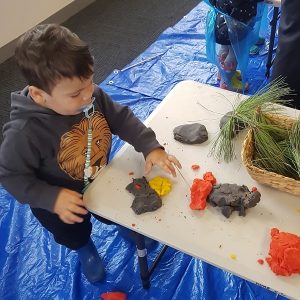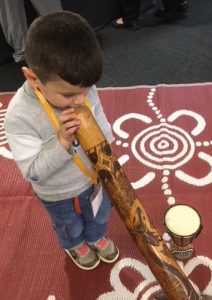Last week was National Reconciliation week, and each of our services celebrated Reconciliation week in their own unique way! Read about how our Broadmeadows service reflected on Reconciliation week.
Reconciliation Poster
Reconciliation week focuses on Aboriginal and Torres Strait Islander cultures and histories, to share that knowledge and help us grow as a nation. At our morning group times we have been focusing on what reconciliation means to our kinder children:

Kayden L: “Funny face”
Tate: “Running or walking with everyone”
Ryka: “”we have to recognise people”
Alisia: “Be happy”
Fatima: “be friends”
Tate: “being nice to people”
Ryka: “become friends”
Kayden: “hug them hard”
Dilan: “hold their hands”
Shona Lee: “walk to shops”
Oscar: “hold hands and walk or dance”
Rebecca explained to the group that reconciliation week is about coming together, recognising each other’s different identities and being kind to one another. Kinder children also shared what it meant to be kind to our friends and other children around them. We have displayed their thoughts and ideas on a reconciliation poster for the room.
How this links to the EYLF: Children have a strong sense of identity when they share aspects of their culture with the other children and educators and feel recognised and respected for who they are.
Hume City Council Event
Children from Broadmeadows Valley had the opportunity to attend a National Reconciliation Week event facilitated by Hume City Council at the Hume Global Learning Centre.


The children participated experiences such as indigenous puzzles, musical instruments, rock art and hand print art. The children also had opportunities to learn dance that represented animals and their intricate movements along with digeridoo playing and clapping stick demonstrations.

After some fun, the children joined members of the community and various indigenous elders for lunch. Being able to participate in opportunities like these are very important to the continuation of sharing the indigenous culture with the younger generations, assists us in expanding on our indigenous learning program and for us to build on our indigenous resources.